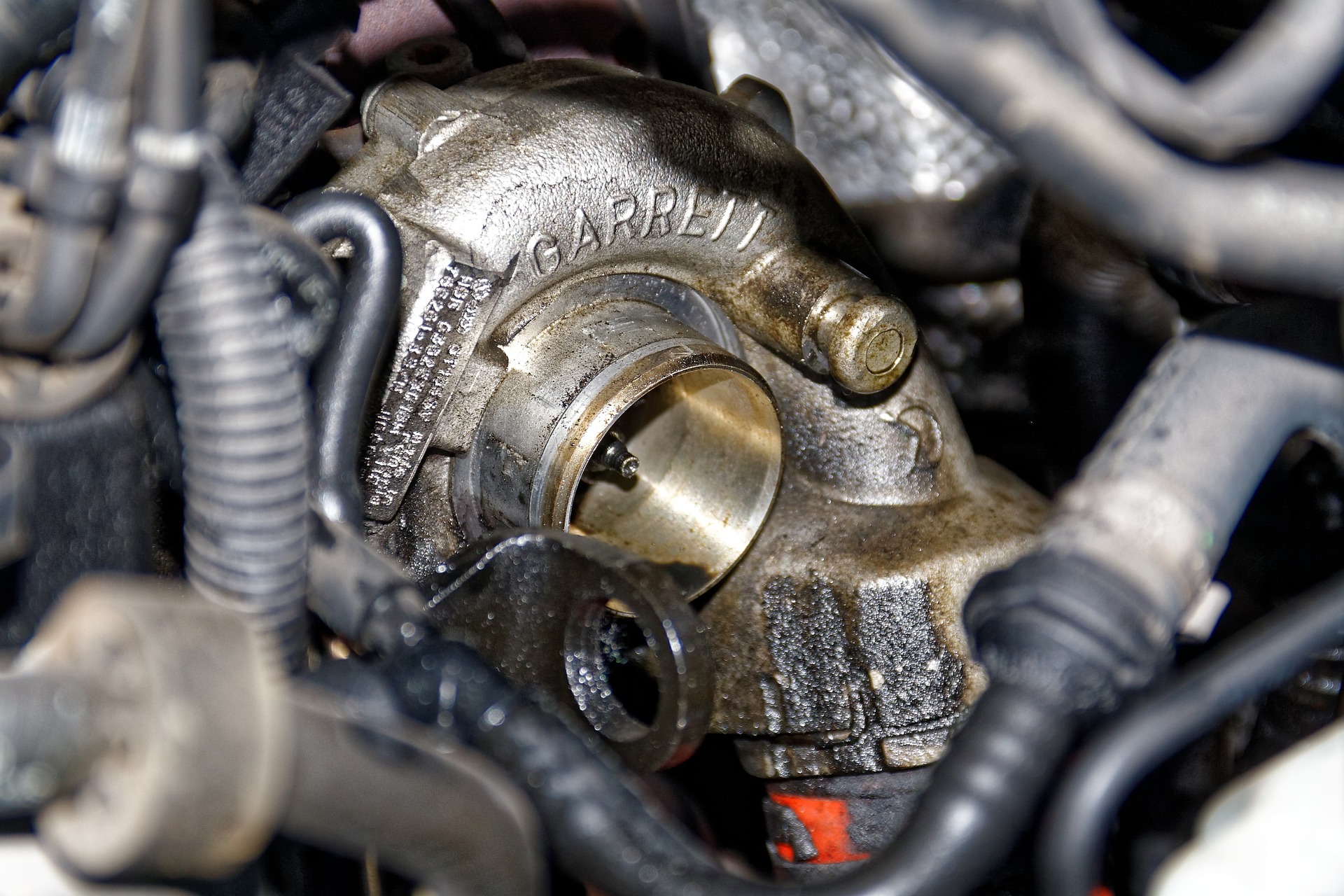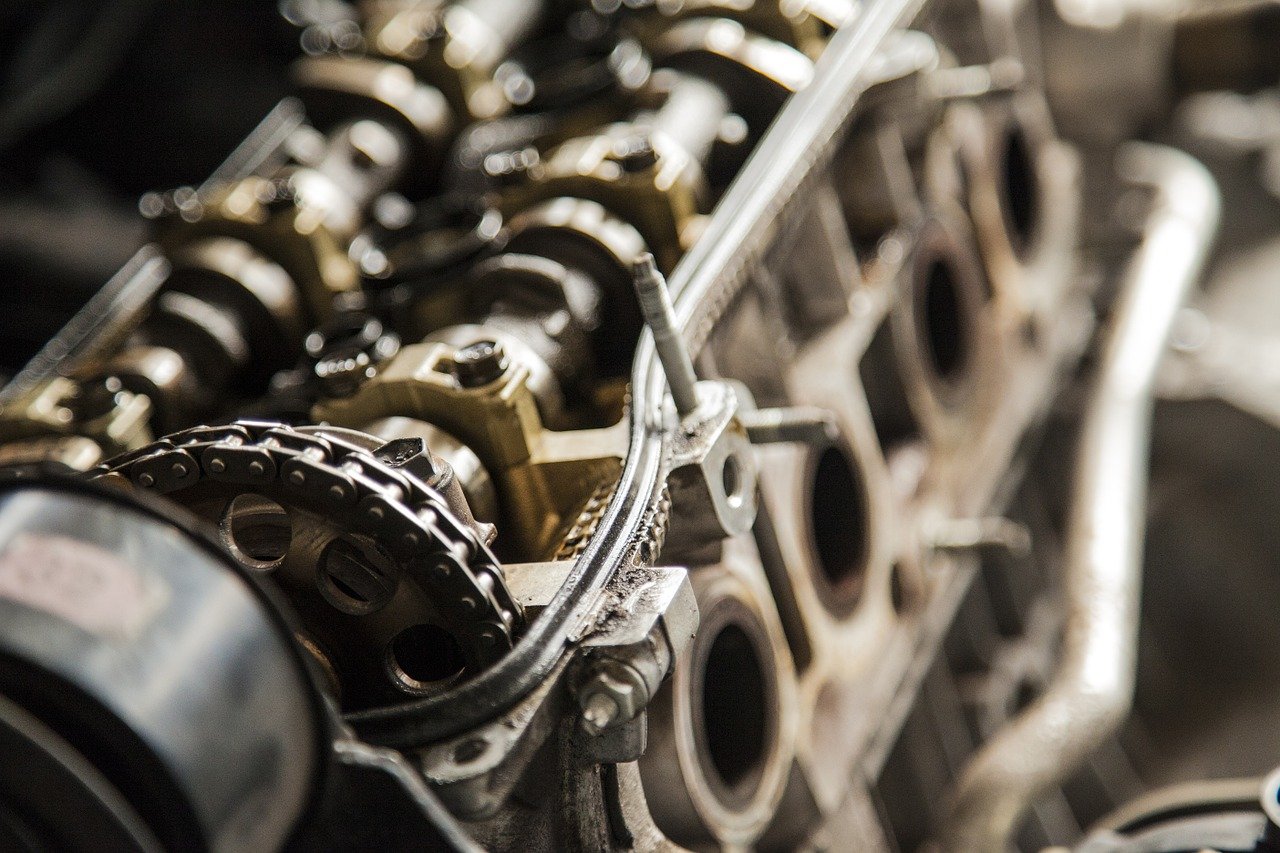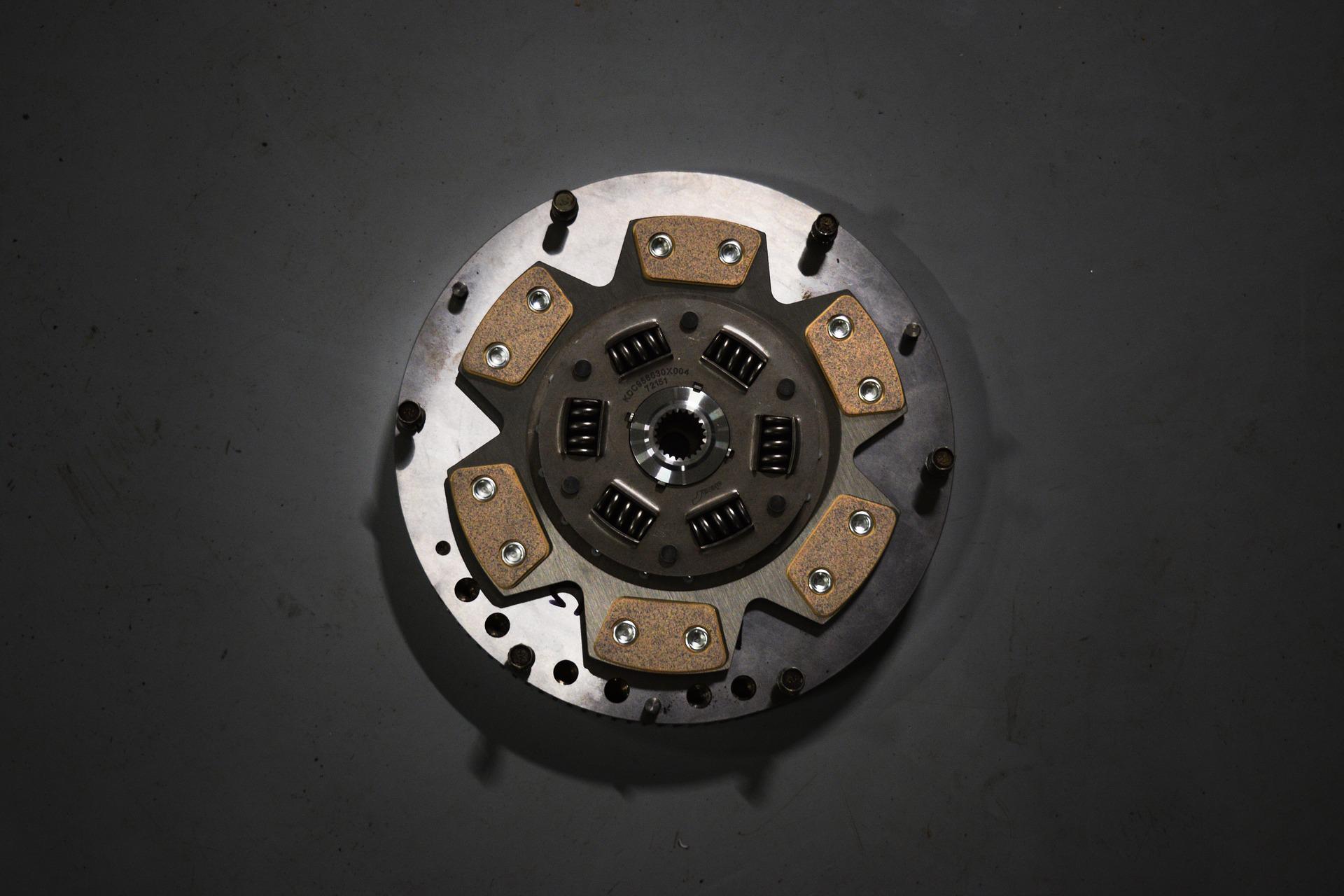In this article, we’ll highlight common Audi 2.0 TDI engine problems. We discuss the best ways to diagnose, avoid and fix them. It will also help when buying any Audi with the 2.0 TDI ‘ BKD’ engine and problem solve with an existing vehicle.
The VAG group 2.0TDI engine is used in a multitude of vehicles across a spectrum of Audi styles, from the A3, A4, A5 to the A6. Plus the SUV range that includes the Q2, Q3, and Q5.
Identifying issues on a test drive will avoid all the hassle resulting from buying a broken vehicle, or one that’s hiding serious issues. This guide will also help you decide if the Audi 2.0 TDI is the right engine for you.
Direct injection
This powerplant is a direct injection turbo diesel engine displacing 1968cc. The 2.0 TDI was the first four-cylinder direct-injected, DOHC diesel engine made by the VAG group. It features four highly precise and calibrated injectors, one for each cylinder.
This enables higher combustion rates resulting in higher efficiency, fewer emissions and more power when compared to traditional common rail diesel engines.

Diesel Particulate Filter
The Audi usage of the 2.0 TDI incorporated a DPF earlier than some other manufacturers. Originally termed ‘TDV’ or technology development vehicle, it was later renamed inline with other VAG and non-VAG diesel engine terminology.
The Diesel Particulate Filter is an extra level of emissions filtering aimed at specifically reducing the particulate emissions such as soot and ash.
Belt Driven Double Overhead Camshafts
To increase performance whilst still allowing high efficiency, the 2.0 TDI was designed from the start to utilise 4 valves per cylinder, that is 2 intake and 2 exhaust. These are actuated by independent camshafts.
This is an improvement on the old 1.9 TDI, where only a single cam, and 8 valves were present. This has enabled the marked increase in safe power figures, despite only increasing the displacement by 100cc.
Dual Mass Flywheel
Similar to many modern diesel engines, in order to improve engine performance and specifically lower rotational inertia, a dual mass flywheel is fitted to all manual 2.0 TDI engine vehicles.
The dual mass flywheel enables the benefit of a heavy flywheel when required, allowing for smoother gear changes and the impression of more torque at higher speeds. It also enables the engine to rev freely at lower speeds, improving acceleration and general drivability.
Intercooler and Turbo

All TDI engines are fitted with a turbo to increase performance and efficiency, and an intercooler to do the same.
The turbochargers installed from the factory are manufactured by Garrett, and allow the engine to produce either 140 or 170hp, depending on the trim level/mapping.
Intercoolers simply cool the air between being compressed by the turbo and entering the engine, cooler air is more dense and such allows a higher amount of fuel/air mixture to be forced in, resulting in more power.
Turbos require high quality oil, lapses in maintenance can cause premature failure of rotating parts, and turbochargers are often most susceptible.
EGR System
Found in most modern vehicles, the exhaust gas recirculation system re-routes exhaust gases into the manifold. Increasing intake temperature and improving fuel efficiency.
EGR valves have been commonplace on Diesel engines for decades. The most common issue is clogging up of carbon and soot, both of which are present in diesel emissions.

Common Problems With the 2.0 TDI ‘BKD’ Audi Engine
Timing Belt Failure
The timing belt powers the cam shafts from a pulley on the engine’s crankshaft. Some vehicles utilise a metal chain, whilst others opt for a rubber belt. The latter requires changing every so often, whereas generally, chains will last much longer.
The recommended service interval is 75,000 miles or every 5 years. As the timing belt also turns the water pump, this should also be replaced when the timing belt assembly is disassembled.
Another component in almost all belt drive systems, and especially timing belt applications is the tensioner. This as the name suggests, keeps the belt tight against the pulleys, stopping it from slipping. It is the most common reason for timing failures in many belt-drive engines, as the mechanism is small, moderately intricate, and often overlooked at previous services and cambelt changes.
When tensioners fail, the cambelt loses its position on the camshafts and crankshaft, both of which are precisely set to ensure correct running.
Bearings in the water pump also wear, and can prematurely fail, especially if not installed correctly. If the water pump pulley becomes misaligned for any reason, it can easily throw the cambelt off. If the cambelt stops driving the camshafts for any reason, it will cause the engine to stop, this is because the valves opening and closing enable the fuel and exhaust gases to enter, and leave the cylinders.
Far worse than this, is that most modern engines are ‘interference engines’, meaning the valves will hit the pistons if not correctly timed.
This is why a cambelt failure can turn into a very expensive repair, often needing new valves, camshafts, cylinder heads and in some cases destroying the entire engine.
How to prevent cambelt failure

Check your service records for cambelt changes, including receipts for the water pump and tensioner, if you are looking into a second hand vehicle, ensure the belt has been replaced every 75,000 miles at a minimum.
Helpfully, if the engine still runs, late-changing of the cambelt will not harm the engine, unlike missing oil changes.
It is imperative however that the belt is changed as soon as possible, ideally by the seller.
EGR Failure
The EGR system recirculates hot exhaust gases to improve efficiency, particularly when the engine is cold. The down side to this is that the exhaust gases, particularly on diesel engines, contain a large amount of soot.
This particulate matter gets clogged and stuck in the EGR valve internals and causes it to stop opening and closing as it should. The remedy is to remove the valve and clean it thoroughly, soaking in solvent to remove carbon build-up.
The cost of this in increased by the fact the EGR valve is often located under or close to the exhaust manifold and turbo. When inspecting a vehicle, check for hesitation when accelerating, as this can indicate the EGR valve causing clogs inside the intake manifold.
You may notice an EGR fault when your vehicles goes into limp mode. A warning message may also be displayed. Fortunately clogged EGR vales don’t always need replacing, in most instances you can have them deep cleaned which is far better value.

Injector Failure
It is a fairly commonly documented issue that the injectors on BKD code engines failed prematurely. Naturally this results in improper running and or the engine not starting at all.
Injectors are both expensive to replace and expensive to remove, often requiring specialist tooling to do. Typical costs for 4 injectors to be replaced can easily run into the hundreds.
Injector problems will manifest in symptoms such as poor performance and higher emissions, something to check previous MOT’s for.
Garages with the appropriate software can run a diagnostic check to seek out any issues, although they will charge a fee for this service.
If you suspect a blocked rather than a failed injector fuel additives can be a much cheaper solution. They work by clearing built up deposits and restoring the spray pattern which will return better performance and MPG.
Dual Mass Flywheel
Dual mass flywheel failure is easy to spot. When idling and particularly when releasing the clutch, there will be a noticeable vibration coming from the vehicle. It is often felt more strongly through the clutch pedal. You may also hear a clicking sound emitted from the engine bay.
It is wise to change the clutch if the flywheel needs to be changed, parts and labour for this can vary from £500-£1000.
Buyers should pay attention to the noises when test driving, and ensure any vehicle exhibiting the tell-tale vibration is fixed before purchase.
In many cases, and with a careful driver, the vehicle will still operate with a failing flywheel for many miles. It is good practice to fix it as soon as possible, though for fear of it unsettling other components.
The one and only way to resolve this problem is an outright replacement.

Turbo Failure
Turbos spin extremely fast and require high performance seals to contain the high pressure gases. They are components that are expected to last the lifetime of the engine, but are often needing to be replaced many years before that.
Turbochargers can be replaced without removing the exhaust manifold in most 2.0 TDI configurations. In this case the total cost of the job should not exceed £1200 with OEM parts.
To check for turbo failure, listen for whistling or whooshing noises on acceleration and when revving the engine. The car is likely to be down on power too. Be aware that a combination of these symptoms could mean a new turbo is needed.
Symptoms of a failing turbo can include loss of power, exhaust smoke and turbo noise. There are two methods of fixing this issue. The first is an outright replacement using a compatible turbo. The second is refurbishment, which involves sending your existing turbo off for reconditioning. Your mechanic should be able to tell you which option is the most cost effective.
Cracked Cylinder Head

Another of the common Audi 2.0 TDI engine problems is a cracked cylinder head. Early year 2.0 TDI engines are notorious for this serious problem. It is advised to purchase a later car, where the serial number ends in ‘B’, rather than ‘A’. The serial number can be found under the fuel lines.
The earlier A versions showed a weak spot in the aluminium casting. Slight overheating or extended hard driving could cause them to crack.
A cracked head will exhibit all kinds of issues. These include leaking coolant and oil, as well as high consumption of oil.
Check any second hand car for leaks around the top to middle of the engine. If possible only purchase the best variant. A new cylinder head will set you back thousands using OEM parts. Although it may be cheaper from a breaker. However the supply of ‘parts cars’ with this engine, but without this issue are limited.
Conclusion
On the whole the 2.0 TDI is a solid reliable engine that should provide years of fuel efficient driving. However, higher mileage examples can typically be more troublesome. Ensure the service schedule and routine maintenance has been kept up to date.
If you are currently having issues with your vehicle an On-board Diagnostic (OBD) scanner will help you diagnose the issue for as little as £25. We have put together a list of The 4 Best OBD-II Scanners for 2023 to help you decide which one best fits your needs.
We hope you have found this article on Audi 2.0 TDI engine problems useful in diagnosing issues you may have. If you have suffered your own symptoms, please feel free to leave a comment below.



